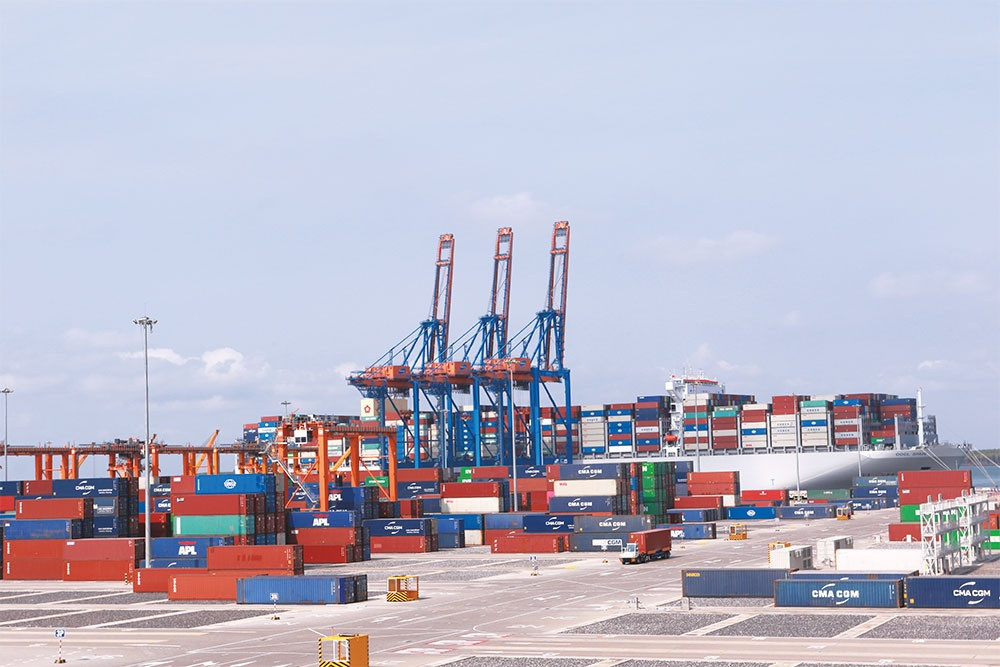Tổng số bài đăng 465.
Just a few months after it came into being, the Regional Comprehensive Economic Partnership has decided to expand its membership, with Vietnam expected to be a big trade beneficiary.

This month, at a summit on the deal (RCEP) in Indonesia, a review of its implementation is expected to be conducted, with member states agreeing on new measures to intensify intra-deal trade and investment flows.
Additionally, it is expected that the bloc will also discuss how RCEP membership can be expanded to other economies wishing to partake in the deal, which currently covers a market of 2.3 billion people and $26.2 trillion in global output.
Taking off in June and involving the 10 ASEAN member states as well as Australia, China, Japan, South Korea, and New Zealand, the RCEP accounts for around one-third of the world’s GDP.
ASEAN economic ministers are also working on procedures to allow other economies to join the agreement. According to an RCEP document, any economy can become a member of the trade pact 18 months after its entry into force.
The Vietnamese government has also tasked authorised agencies to formulate an action plan to take advantage of RCEP benefits.
Under the commitments, member states committed to remove nearly all tariff lines for Vietnam under a roadmap, and ASEAN countries pledged to do that with at least 86 per cent of tariff lines. The longest roadmap for tariff elimination is 15-20 years from the RCEP becoming valid.
According to consultancy firm Dezan Shira & Associates, as the RCEP is focused on trade facilitation, the blue-collar sector is set to benefit the most. Consumer sectors like tourism, education, entertainment, healthcare, and retail are also expected to benefit as the middle class expands. Further, Vietnam’s export-oriented industries such as IT, agriculture, automobiles, footwear, and telecommunications are expected to see gains.
“For investors operating across ASEAN, China, and other regions, the RCEP offers good news. Streamlined customs procedures, unified rules of origin (ROO), and improved market access will make investing in multiple location – a much more viable and attractive investment strategy and likely bring China + 1 business models to the fore,” said Dezan Shira in a RCEP report released a few months ago.
“The common ROO will lower costs for companies with supply chains that span across Asia and may encourage multinationals to member countries to establish supply chains across the bloc, thus growing the global value chain activity in the region.”
While implementing projects in Vietnam, enterprises would need to import products for production and then exports abroad, including to RCEP member countries.
“The RCEP has been designed to cut costs and time for enterprises, and the agreement allows them to export goods to each member market without having to meet that market’s own requirements,” said Nguyen Thi Thu Trang, director of the Centre for WTO and International Trade under the Vietnam Chamber of Commerce and Industry. “This will help investors increase investment in Vietnam.”
“For example, for the Comprehensive and Progressive Agreement for Trans-Pacific Partnership, businesses from Vietnam will find it difficult to take advantage of tariff incentives for their textiles and garments due to tough requirements in ROO applied commonly within the bloc because many types of materials Vietnam need are imported from China which is not a member. Nevertheless, for the RCEP, to which China is a member, the burden of import costs for input materials will be reduced thanks to tariff incentives.”
According to Fitch Solutions, Vietnam’s key export categories that are expected to benefit from the agreement include agriculture, footwear, automobiles, IT, and telecommunications.
As Vietnam moves to become a high-tech manufacturer, the RCEP can help local businesses raise exports and attract high-quality goods. Furthermore, Vietnam is set to benefit from growing demands for its exports like agriculture and fisheries products.









